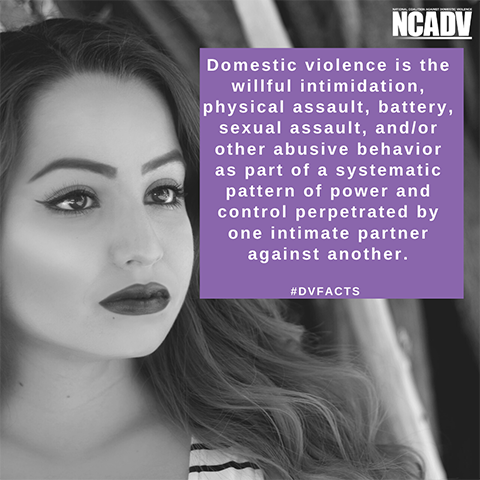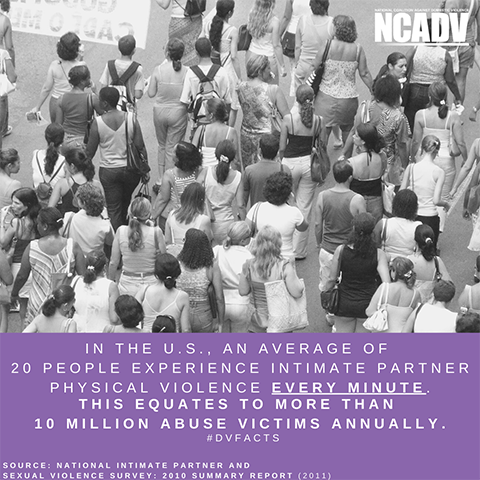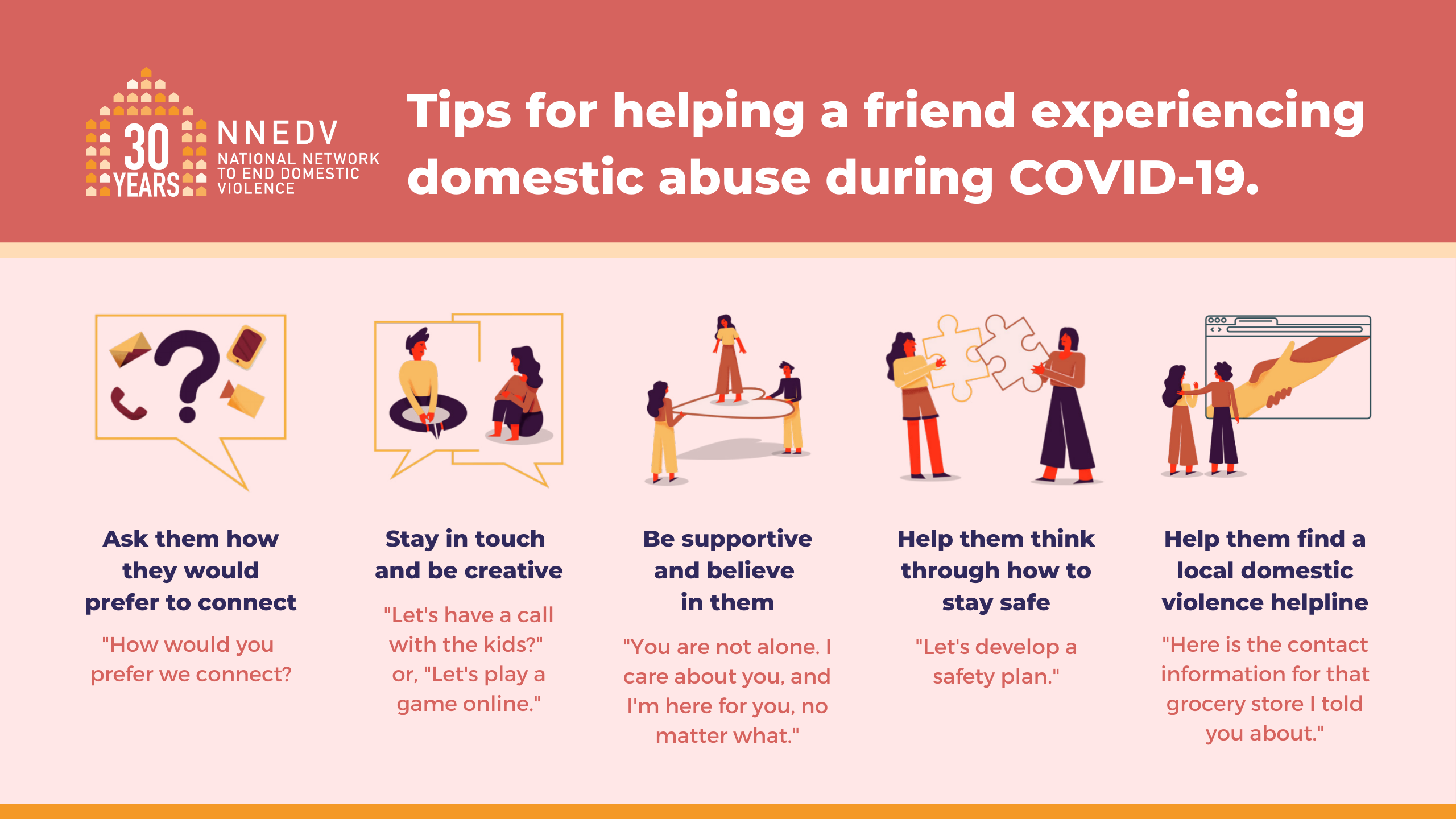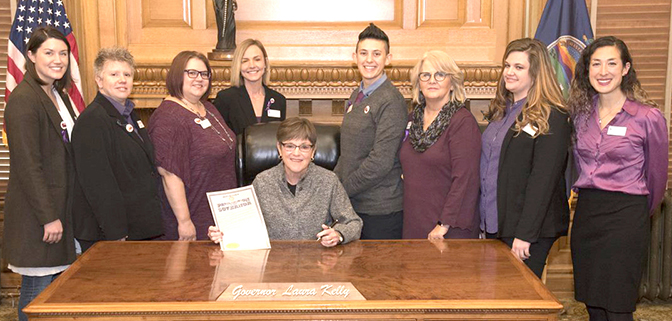Domestic Violence Awareness Month (#DVAM2020)
- October 1, 2020
- Posted by: Lucca Wang
- Categories: 2020, All News & Blog Posts

October 2020 is the 33rd anniversary of Domestic Violence Awareness Month (DVAM). In October 1987, the first DVAM was observed. In 1989, the U.S. Congress passed Public Law 101-112 designating October of that year as National Domestic Violence Awareness Month. Such legislation has passed every year since. The goal of DVAM is to increase awareness about domestic violence and its impact on individuals, families, and communities as way to help prevent the widespread, public health problem.

Awareness about domestic violence is notable too now during this pandemic, considering restricted movement, less in-person interactions outside of the home, and more limited resources. Victims and survivors might be more isolated and therefore more vulnerable to their abusers. Victims and survivors of domestic violence already face many barriers, including restrictions by the abuser, alienation by the abuser of the victim from those inside and outside the home, and societal victim-blaming beliefs and shaming. The added barriers of the pandemic further impact victims and survivors being able to successfully access the help and resources they might need.
To get a sense of how prevalent domestic violence is even without the pandemic, the Kansas Bureau of Investigation’s most recent reports show that one domestic violence incident occurred every 21 minutes and 50 seconds in Kansas in 2018.
In 2018, Kansas domestic violence programs provided residential and non-residential victim services to over 17,000 Kansans impacted by domestic violence.

Physical violence is often accompanied by emotionally abusive and controlling behavior as part of a much larger, systematic pattern of dominance and control. Domestic violence can result in physical violence, isolation, and economic abuse as well as psychological abuse and trauma.
The month of October is a special time to acknowledge domestic violence and show support for domestic violence survivors.
You can observe National Domestic Violence Awareness Month by:
- Participating in Purple Thursday on October 22, 2020 by wearing purple.
Every year advocates, survivors, and supporters wear purple to stand in solidarity with victims of domestic violence and celebrate domestic violence awareness month. It is easy: Wear purple, get your friends, coworkers, or classmates to wear purple, and post a photo on social media with the hashtag #DVAM2020.

- Post the National Domestic Violence Hotline on social media: 1-800-799-7233.
Many people do not realize domestic violence is an issue in their community. Posting the National Domestic Violence Hotline is an easy way to spread the word about important resources.
- Get Informed About Your Resources.
There are 25 sexual and domestic violence direct victim services providers in cities and communities across Kansas. Participation in services is voluntary, confidential, and available at no cost to the victim. Find your nearest victim services provider via the KCSDV website. The Kansas Crisis Hotline is 1-888-363-2287. Victims can call anytime. It is available 24 hours a day, seven days a week, 365 days a year. Hotline services are also voluntary, confidential, and available at no cost.
This project was supported by Grant No. 2019-MU-AX-0021 awarded by the Office on Violence Against Women, U.S. Department of Justice. The opinions, findings, conclusions, and recommendations expressed in this publication are those of the author(s) and do not necessarily reflect the views of the Department of Justice, Office on Violence Against Women.
KANSAS CRISIS HOTLINE: 888-END-ABUSE | 888-363-2287
Last Updated on Oct 15, 2020